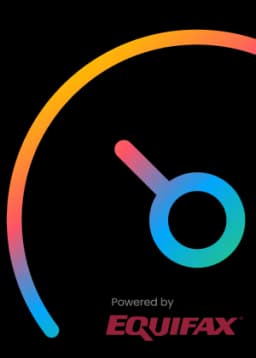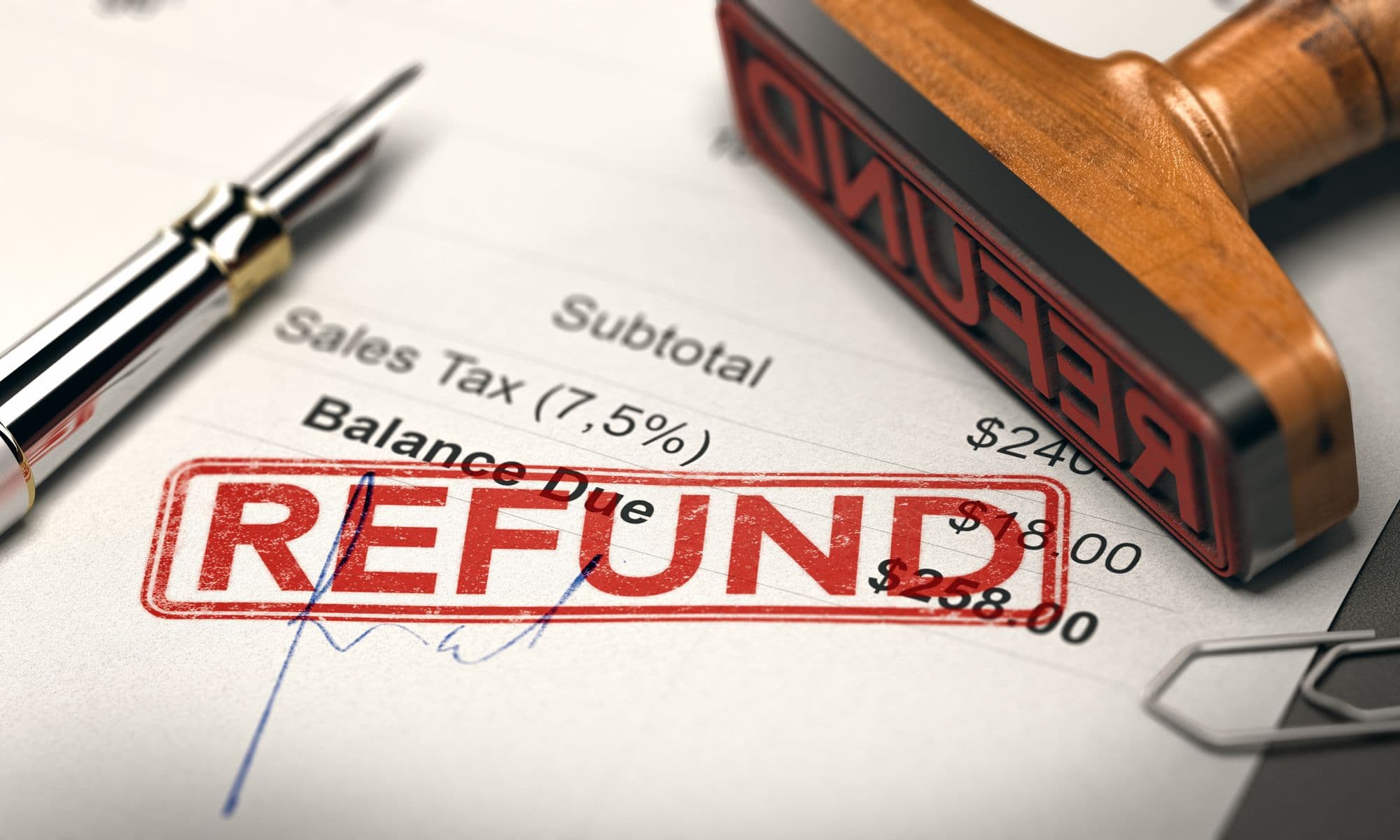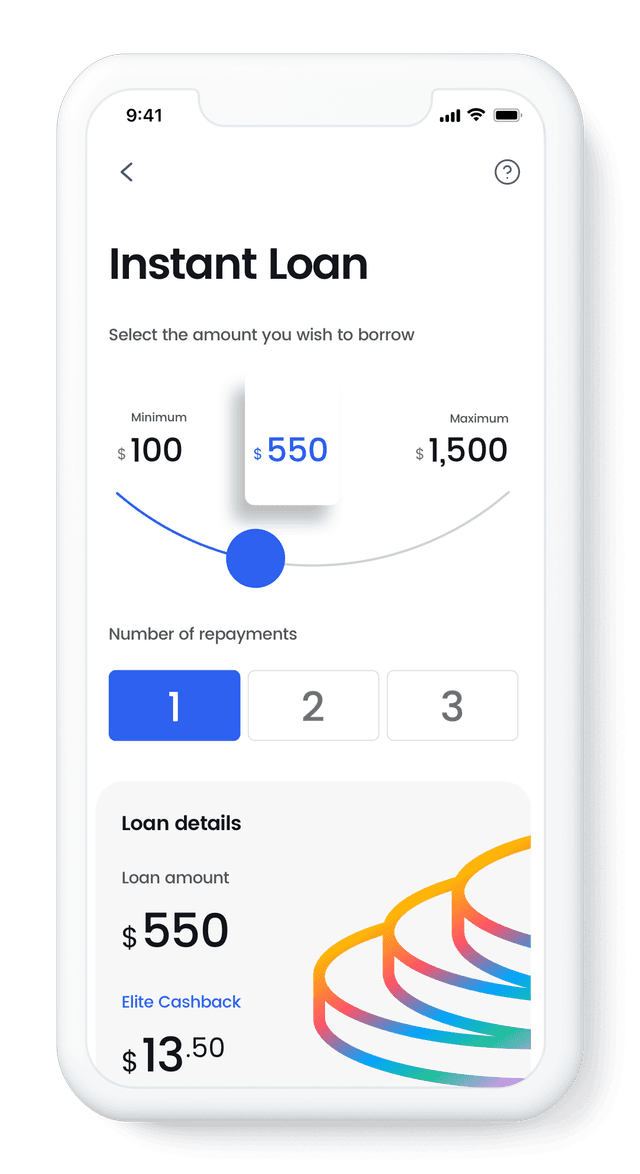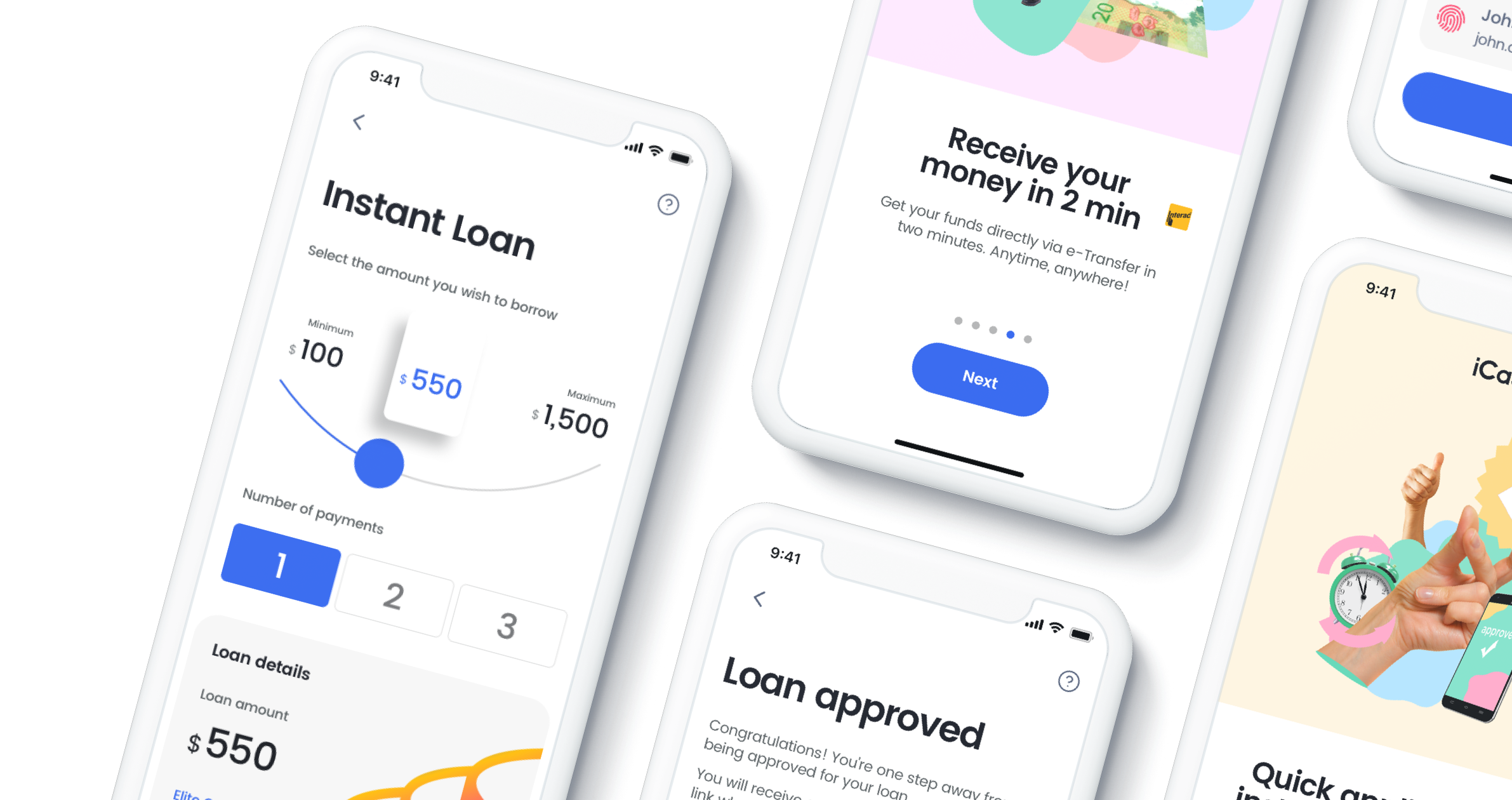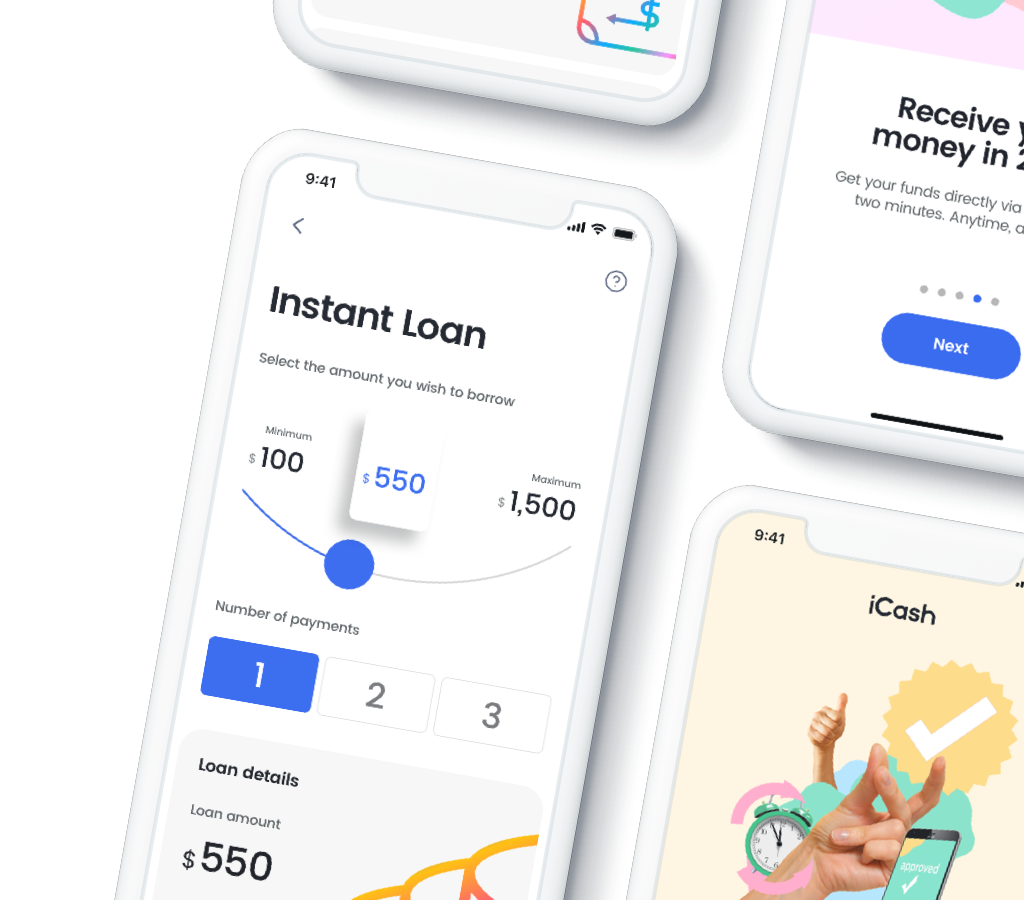Overdraft fees can be a major burden for Canadians who are already short on funds. Fortunately, there is a way to get your money back on fees collected from the bank. But, how? iCash, a leading lender for instant loans in Canada, shows you the steps to getting expensive overdraft fees refunded as well as how you can avoid them in the future.
Understanding Overdraft Fees
Customers who have overdraft protection tied to their bank accounts can cover expenses without worrying about insufficient funds and associated NSF (non sufficient funds) fees. But, like most things in life, overdraft protection also comes with a fee. It in fact, is one of the most common that banks charge, and knowing your options when dealing with overdraft penalties can help you make smarter financial decisions over the long term.
In addition to being charged a fee, banks can charge interest on any outstanding overdraft balance. Overdraft interest in Canada is usually between 19-22%, which makes it an expensive, high-interest fee that should be avoided as much as possible.
How to Get Overdraft Fees Refunded
You might think that there is nothing you can do about being charged an overdraft fee, but the good news is that you can actually get the charges refunded.
Whether you’re in a pinch or simply want to make sure you don’t get charged for overdrafting, here are some helpful tips on how to get a refund:
1. Contact Your Bank
Contact your bank directly and explain why you feel that the fee was unfair or unwarranted. Most banks are willing to work with customers who are having financial difficulties and may refund the fees if you can provide proof that the overdraft was a result of an error. Be sure to document all conversations and keep records of any emails sent back and forth between yourself and customer service representatives.
You can also work with your bank to discuss waiving an upcoming overdraft fee. If you know you’re going to use your overdraft protection, you can let your bank customer service representative know and ask to get the associated fee waived as a one-time exception.
If you’re unsure where to start on getting overdraft fees waived or refunded, here are a few things to remember:
Make sure you speak to the right person. Calling the bank and asking to speak with a customer service representative is a good place to start.
Once you’ve reached the right person to help your situation, explain that you recently received an overdraft fee and would like to find out if there is any way it can be refunded.
Be sure to provide all requested documentation so that your request can be processed promptly and efficiently.
Explain why this was an unforeseen circumstance. This could include showing the customer service representative evidence of recent deposits or bills that were paid on time - anything that demonstrates your commitment as a loyal customer who simply made an honest mistake.
2. Know Your Rights
In Canada, you have certain rights when it comes to banking. Familiarize yourself with these rights so that you know what recourse you may have if something goes wrong with your account or if an error was made by the bank itself. The Financial Consumer Agency of Canada (FCAC) provides great resources on these topics and should be consulted before taking any action regarding your bank or finances.
3. Understand Your Bank’s Policies and Procedures
Different banks have different rules regarding refunds for overdraft charges. Knowing what those policies are will help you determine if a refund is even possible for you - and when you can expect to get refunded.
If the bank is willing to refund your overdraft fee, the usual timeline is 5 to 7 business days, but in some cases it could take up to 30 days. Moreover, many banks offer one-time waivers for first-time offences, so make sure to read up on all of the fine print before making any decisions.
5. Submit an Official Dispute
If your bank is unwilling to waive the fee, then you will need to submit an official dispute with them. This can typically be done online through their website or by submitting a written letter outlining why you think the charge should be reversed. Make sure you include any relevant details such as transaction dates, amounts, and reasons why you are disputing the charge.
How Much Do Overdraft Fees Cost in Canada?
The cost of an overdraft fee varies between banks and provinces. Generally speaking, the average charge for overdrafting in Canada is around $35 per transaction, although it can be higher or lower depending on your bank and province. For example, in Ontario, many banks charge $5 per day for every day that your account remains in an overdraft state. This, including any interest on outstanding balances, can quickly add up if you're not careful.
Some banks also offer daily maximum caps on how much they will charge for overdrawing your account. If you accidentally go over your limit on multiple transactions in one day, the bank won’t charge you more than this predetermined maximum amount per day.
Why Do Banks Charge Overdraft Fees?
Because banks allow customers the right to make purchases that exceed their available balance, a fee is put in place to compensate for the risk they take. Put simply, an overdraft fee is a penalty for spending money you don’t have.
Although these are generally cheaper than paying $45 NSF fees, they can still add up to be significant expenses each time your transactions are declined. You may want to consider other flexible lending solutions that offer more competitive rates, and that can be paid back over a period of time.
How to Avoid Overdraft Fees
The best way to eliminate getting hit with overdraft fees in Canada is to avoid them altogether. But, how can it be done with limited cash flow? Although you may feel discouraged, it’s easier than you think.
1. Set Up Text Alerts
Your bank or credit union likely offers text alerts that are sent directly to your phone when your account balance dips below a certain level. These notifications give you an opportunity to take action before you incur any overdraft fees or other charges associated with insufficient funds. It’s a great way to stay on top of your finances and ensure that you’re not caught off guard by sudden expenses or withdrawals from your account.
2. Link Your Accounts Together
Most banks offer the ability to link multiple accounts together so that money can be transferred between them automatically if necessary. This allows you to effectively “borrow” money from yourself without incurring any additional charges or penalties. Linking your accounts also helps you avoid accidentally dipping into another account if one runs low on funds, which could potentially trigger overdraft charges.
3. Utilize Online Banking Options
Online banking makes managing your finances easier than ever before. Not only does banking online give you access to real-time financial statements, but it also gives you more control over how much money is available in each account at any given time. You can instantly transfer funds between accounts, giving you plenty of time to prevent overdraft charges from occurring in the first place.
4. Create & Stick to Your Budget
Creating a budget is one of the best ways to manage your finances, reach your savings goals faster, and prevent overspending. Tracking what you spend can help you make more informed financial decisions, so that you can avoid paying any additional fees associated with overdraft protection. Plus, it’s much easier to stick to a budget when you have one made. If you’re not sure where to start, there are many online resources for creating a budget that can help.
5. Turn Off Overdraft Protection
Having overdraft protection can provide a sense of security, but steering clear of it may be beneficial if you want to become more mindful about how much money is in your account. Without the safety net of such protection, any withdrawal or purchase would be declined without enough funds - giving you an extra level of control over your expenses and helping prevent unwanted ATM overdraft fees from accumulating.
You can also make the switch to a no overdraft fee bank account if you’re worried about overdraft penalties. In 2021, TD Bank launched TD Essential Banking, which is a low-cost, no overdraft fee deposit account that provides Canadians with more flexibility by allowing them the option to completely avoid incurring any fees associated with overdraft.
Avoid Expensive Overdraft Fees When You Choose iCash
There’s no other way around it; overdraft fees can be costly. The good news is that there’s alternative money borrowing solutions, like iCash, that come with more competitive rates and flexible repayment options. With iCash, you can get a small loan of up to $1,500 in just 2 minutes or less, no matter what your credit looks like.

